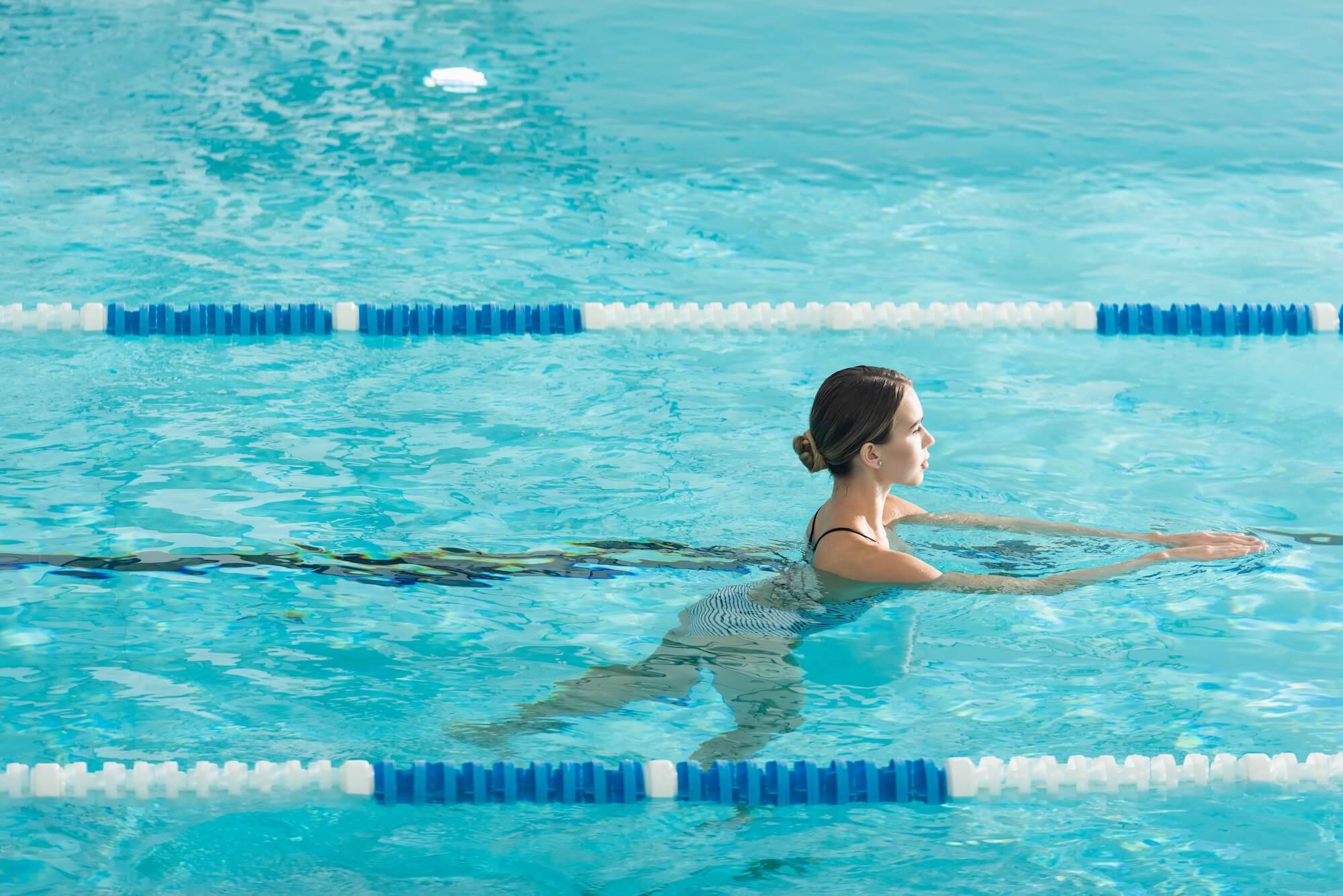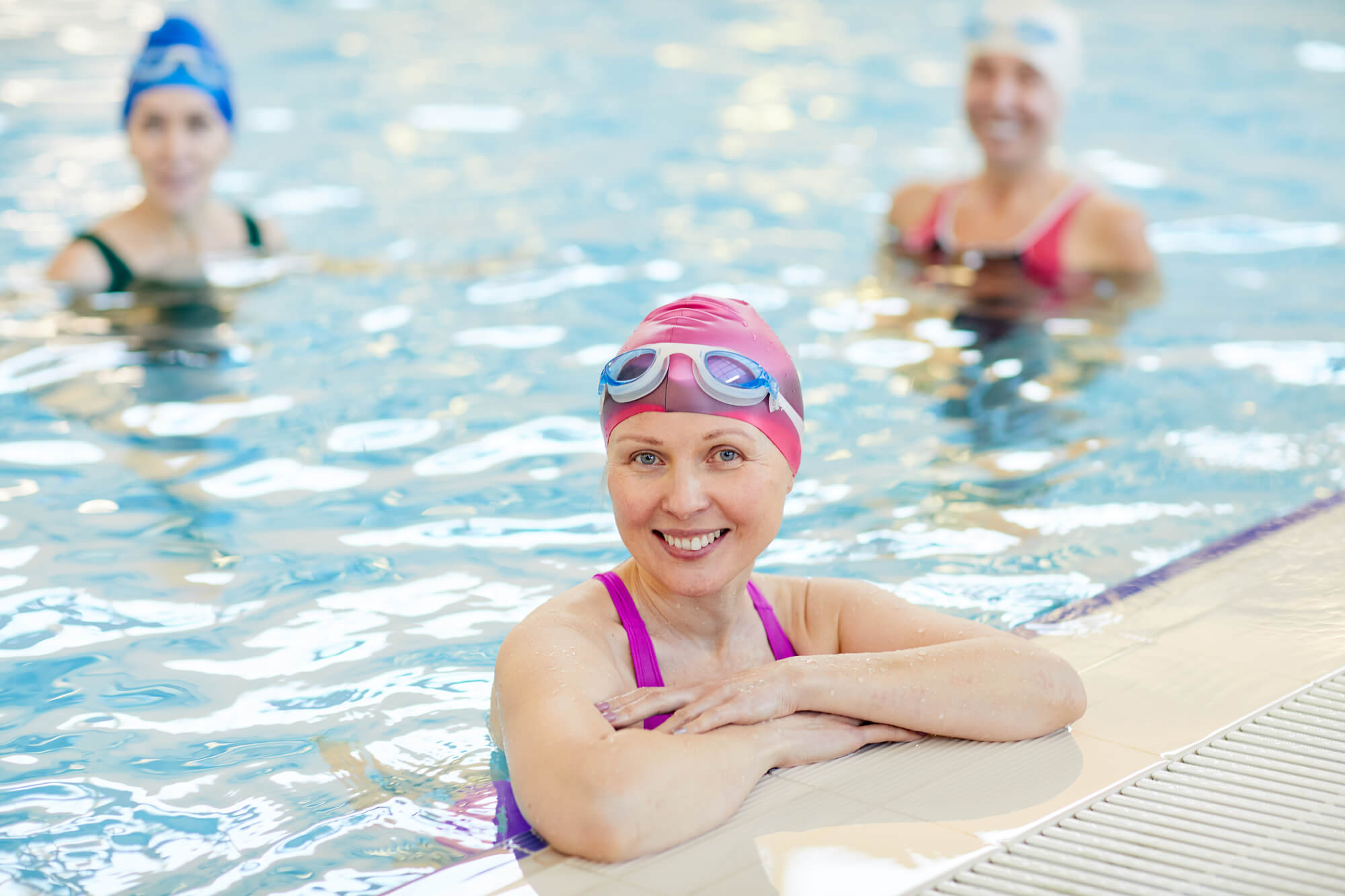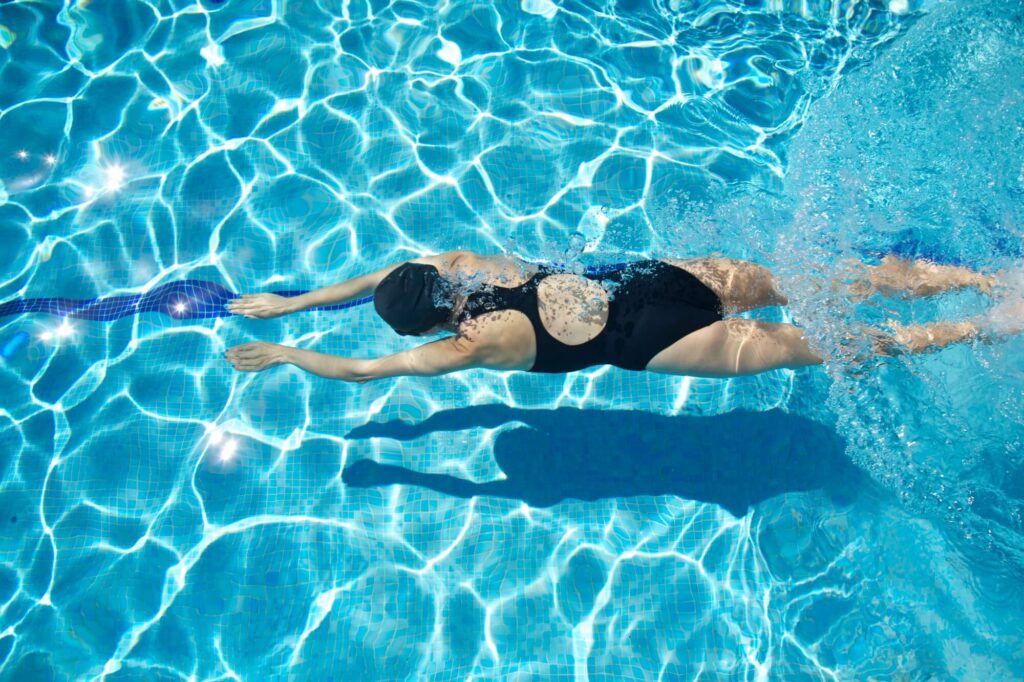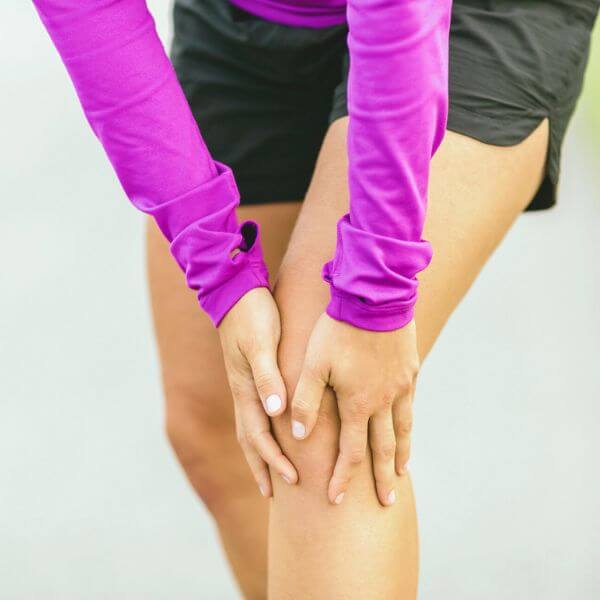For those of us who love being active but knee issues make land-based exercise painful, water might be your new best friend. As a physiotherapist, I’m a big believer in water as a medium to get active and recover and rehabilitate from injury, and have seen firsthand how working out in water can ease sore joints. Water can provide natural resistance so swimming builds muscle without pounding high-impact moves. However, diving right in without a plan runs risks – let’s explore proper technique first.
Pay attention to how you are doing your workouts – smooth, controlled motions without sudden bounces or lunges are ideal. The slow, gentle motion of water activities like water walking or water jogging activates circulation without taxing tender spots Jerky movements can still irritate sensitivities despite the supportive medium, so be conscious of the way you are moving in the water whilst exercising. Slow, rhythmic undulations activate circulation through gentle range of motion instead of aggressive lactic acid buildup.[3] Always listen to your body and avoid pain.
Our bodies feel 87% lighter when we are submerged in water, since the force of buoyancy works to lift our bodies up and takes the weight off our joints. This unique property allows us to gently strengthen weak areas or try movements we can’t safely do on land yet. [1]


There is also ‘magic” in water’s ability to put pressure on the bodies.. Basically, the dense liquid puts pressure from all directions onto inflamed areas, much like a compression bandage or a tight sock can put support on swollen regions and reduce swelling, When swelling may be a contributing factor to pain, water can help provide pain relief whilst you are moving in the water. One study found water exercise significantly reduced knee pain levels versus simple stretching alone. Even low-impact moves like water walking or jogging provide benefits.[2]
By ‘pushing’ fluid from the more deeply submerged parts of the body toward the heart and increasing blood flow. The result? Increased blood flow ferries away swelling and kickstarts healing. [3] When blood flow increases, the body can heal more effectively[4] As any swimmer knows, water also wicks away perspiration to lower core temperature and reduce inflammation. One study found aquatic rehabilitation significantly eased knee pain levels versus isolated dryland stretches alone.[5]
However, this also means that you need to be careful and gradual about how you get out of the water, particularly if you have heart, breathing or kidney issues, as the change in blood flow that occurs as you leave the water will affect your blood pressure and blood flow which can be a shock if you emerge suddenly.
Lastly, keep a towel or robe close by the pool exit. Damp skin can experience mild shock from rapid temperature changes upon emerging. This potential thermal stress may induce unwanted muscle contractions or discomfort.[6] Gentle, gradual transitions safeguard recovery efforts.
Whether swimming, water aerobics or aqua jogging, prioritize safe, controlled motions. With the right precautions, water workouts could unlock pain-free performance for life.
REFERENCES
1. Franklin BC, Van Den Heuvel AM, eds. Therapeutic exercise for lumbopelvic stabilization: a motor control approach for the treatment and prevention of low back pain. 2nd ed. Edinburgh; New York: Churchill Livingstone/Elsevier; 2008.
2. Helene P, Ingrid W. Immediate Physiologic Effects of Superficial Heat Application in Healthy Volunteers. Phys Ther. 1995;75(2):122-129.
3. Morse CI, et al. Influence of caffeine ingestion on the perception of effort and pain during submaximal exercise in humans. J Appl Physiol (1985). 2008 Nov;105(5):1598-604.
4. Jay K, et al. Do stretching exercises increase range of motion in the short term in adults? A systematic review and meta-analysis. Br J Sports Med. 2014 Sep;48(18):1337-42.
5. Brosseau L, et al. Management of knee osteoarthritis: systematic overview and metaanalysis. BMJ. 2008 Mar 15;336(7642):506-10.
6. Takamata A, et al. Effects of changes in thermal environment on blood circulation and metabolism. Eur J Appl Physiol. 2008 Aug;103(1):87-93.



